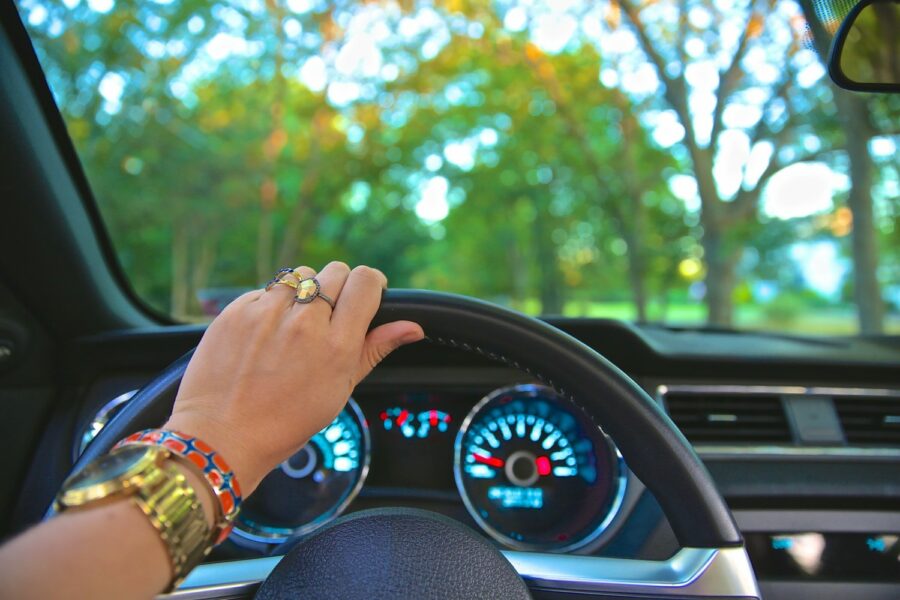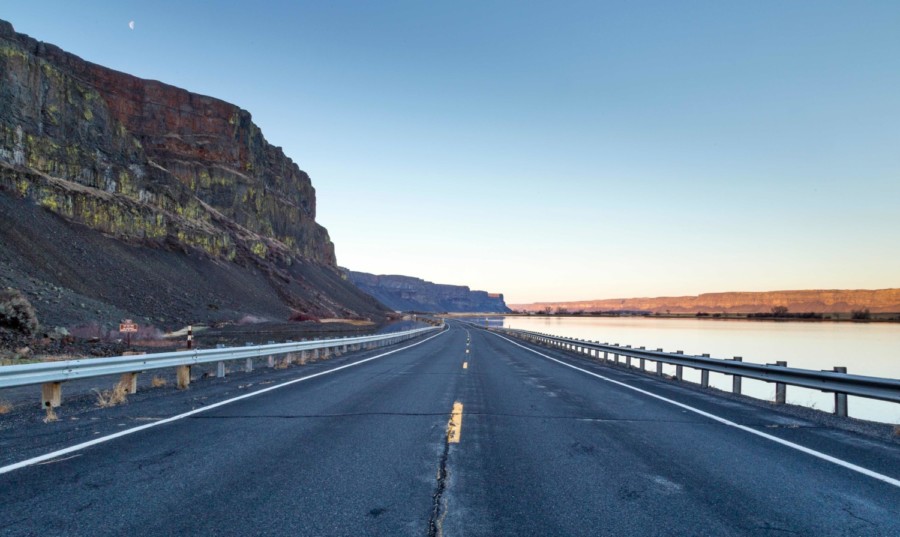07 March 2023
Business mileage is something you''ll probably encounter when you're team rack up mileage using their own cars. Driving around to go to meetings, visit new clients and attending business events will soon start to add up. So, is there any way to claim for this mileage and get back some of your expenses?
The short answer is, ‘Yes, they can claim a mileage allowance for business use of their car’.
The longer answer is that there are certain qualifying conditions and thresholds they’ll need to meet to claim this allowance in the most tax-efficient way.

When your employee is using their own vehicle for business purposes, you can pay them Mileage Allowance Payments (MAPs) to cover some of the associated costs.
Each year, you can pay your employee a certain amount of MAPs. As long as the total doesn’t go over the ‘approved amount’, you don’t need to report this to (HMRC) either, making the whole process much easier.
Finding the ‘approved amount’ is pretty simple; just multiply the person’s business travel miles for the year by the rate per mile for their vehicle.
These are the current rates for cars/vans, motorcycles and bikes:
| Type of vehicle | First 10,000 miles | Above 10,000 miles |
|---|---|---|
| Cars and vans | 45p (40p before 2011 to 2012) | 25p |
| Motorcycles | 24p | 24p |
| Bikes | 20p | 20p |
If what you pay your employee exceeds the approved amount then you must:

If the amount falls below the approved amount then you don’t have to report this to HMRC, but:
It’s also good to be aware that costs such as road tolls and parking charges are generally covered by subsistence expenditure. This is a seperate payment from MAPs
How do you set up your systems to make MAPs work for you, your team and the business? And, importantly, how do you record the initial mileage to make sure you’ve got all the data and receipts needed to work out the payments?
Here at FD Works, we use an app called Tripcatcher. Your employee use this to record all their mileage straight to their smartphone and into your Xero account. All business trips are logged in Tripcatcher which calculates how much is due back to the employee, based on the miles they’ve incurred and the rate at which you pay mileage. Once the employee has completed their mileage for the month, it’s published into Dext and added to their expense report, giving you a clear breakdown of their mileage.
As you’ll see from the chart above, the current allowance set by HMRC is 45p per mile up to the first 10,000 miles and 25p per mile thereafter. You can pay your employee any amount per mile you want but anything above 45p per mile will be classed as a benefit and will need to be reported on a P11D and then taxed.

Anything below the 45p per mile can be claimed as tax relief on a self-assessment tax return, which your employee would need to prepare themselves. This tax relief is the ‘Mileage Allowance Relief’, and is a good way for your travelling team members to claim back some tax relief. As the employer, you’ll also save anything under the 45p per mile that you pay your employees, meaning there’s a benefit to you as well. The downside is that your employee has to register for self assessment and then prepare their own tax returns. An additional admin hassle that they may not necessarily want to deal with.
Most employers tend to pay 45p per mile, as you’ll already be claiming tax relief on this as a cost to the business and employees are being paid the full amount they can receive, tax free. It also means that you don’t need to prepare P11Ds on behalf of your employees and your employees don’t need to file a tax return.

If you’re looking to use MAPs and want to pay your team the tax-free payments they’re entitled to, how does this work in practice?
Here are a few common questions we get asked, with the detailed answers you need to set your mind at rest around mileage payments:
The mileage will be added to an expense report which will then be paid directly to your employee, along with all other expenses for that month. It’s not subject to PAYE, so it wouldn’t normally go through your payroll.
Your employee can only claim the tax relief if he/she is being paid less than £0.45 per mile. The tax relief would be claimed on the shortfall of the £0.45 that’s paid to them. In this scenario, we’d recommend that your employee registers for self assessment in advance of 5 April, ready to submit a tax return for the coming tax year. If you pay them more than £0.45 then they’ll be taxed at 12% (as it’s subject to National Insurance) of anything above the £0.45. This is done via a P11D form that shows HMRC all benefits this person has received.
Unfortunately, it’s not as simple as submitting receipts for fuel as you’d then also be paying for some of your employee’s personal travel. That would make it a benefit to your employee and would need to be reported on a P11D form. You’d then have the tricky job of working out how much of the fuel relates to business and how much relates to personal, a task which can get extremely messy. We’d always recommend sticking to mileage as the metric you record and measure business travel by. It’s straightforward, and using the Tripcatcher and Dext apps, it’s a piece of cake to do.

As with most tax-free benefits, making MAPs work for you is about knowing the details and planning ahead to get the best outcome. If your team are spending a lot of time using their own vehicles, adding the benefit of paying their mileage adds real value for them. And is good business practice for the wider company too.
Here at FD Works our team of accountants are based in Bristol and Bath. We provide ambitious businesses with hands-on finance support and FD-level strategic advice.
If you want to pay MAPs to your employees, we’ll set up Xero and all the apps needed to track and run your mileage expenses.
Call us now